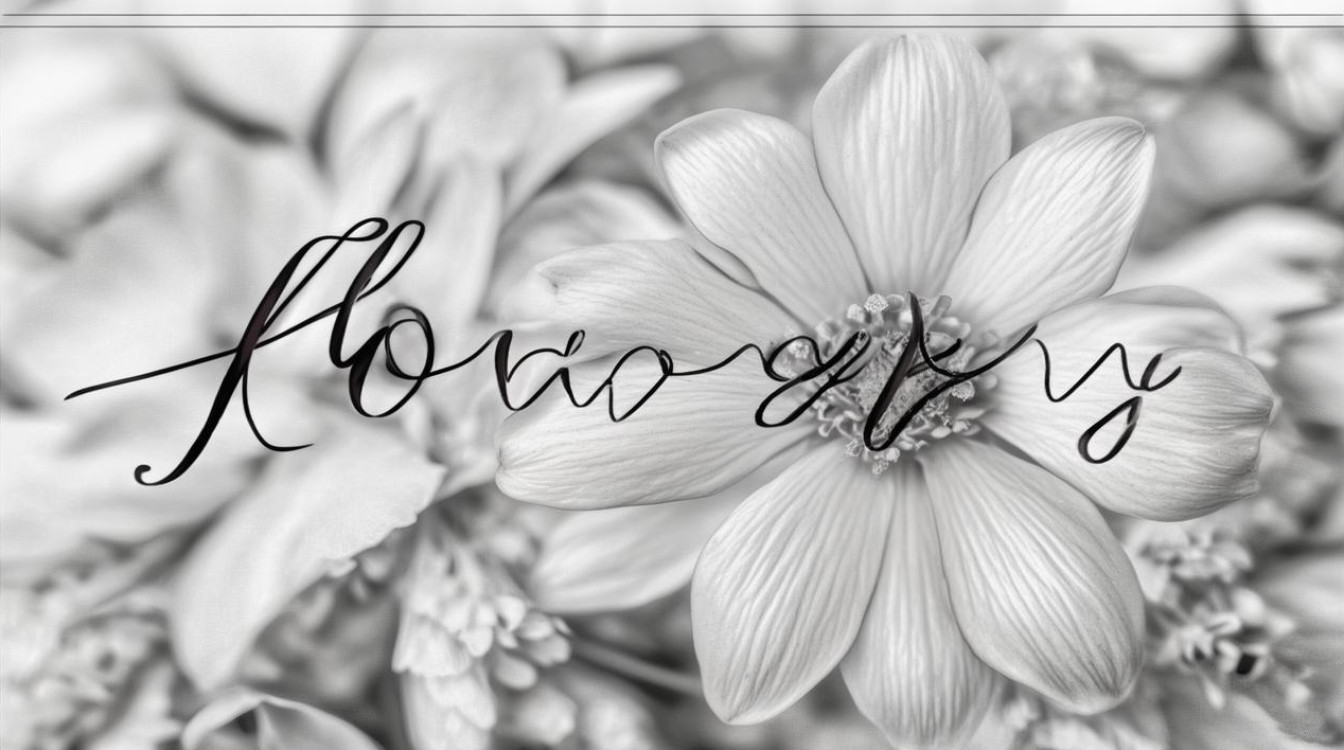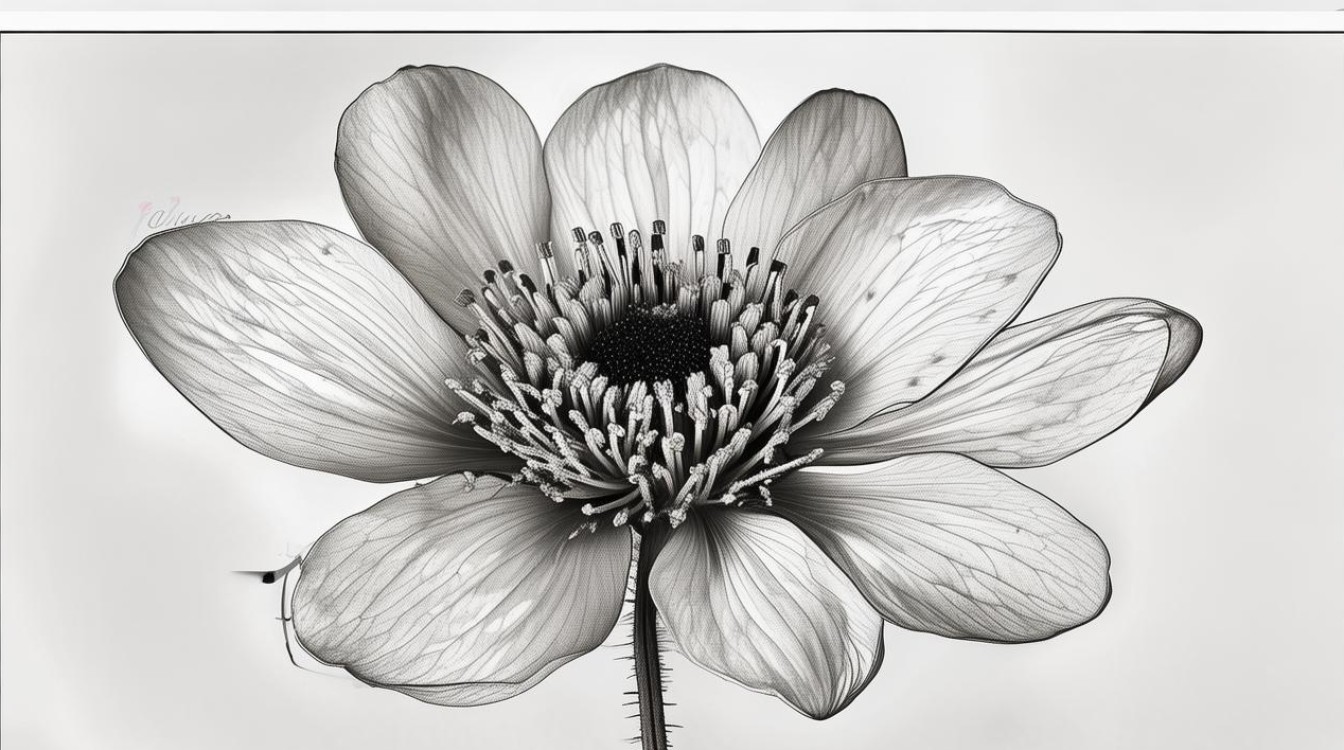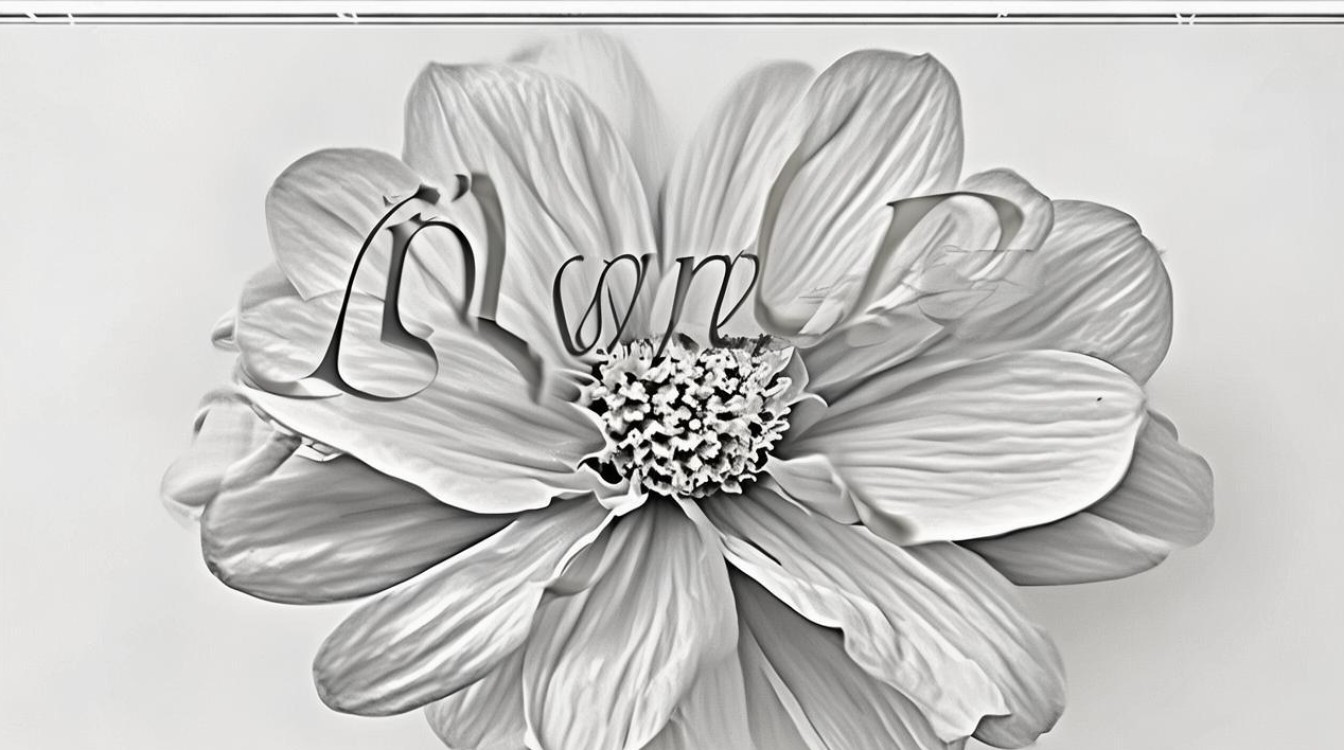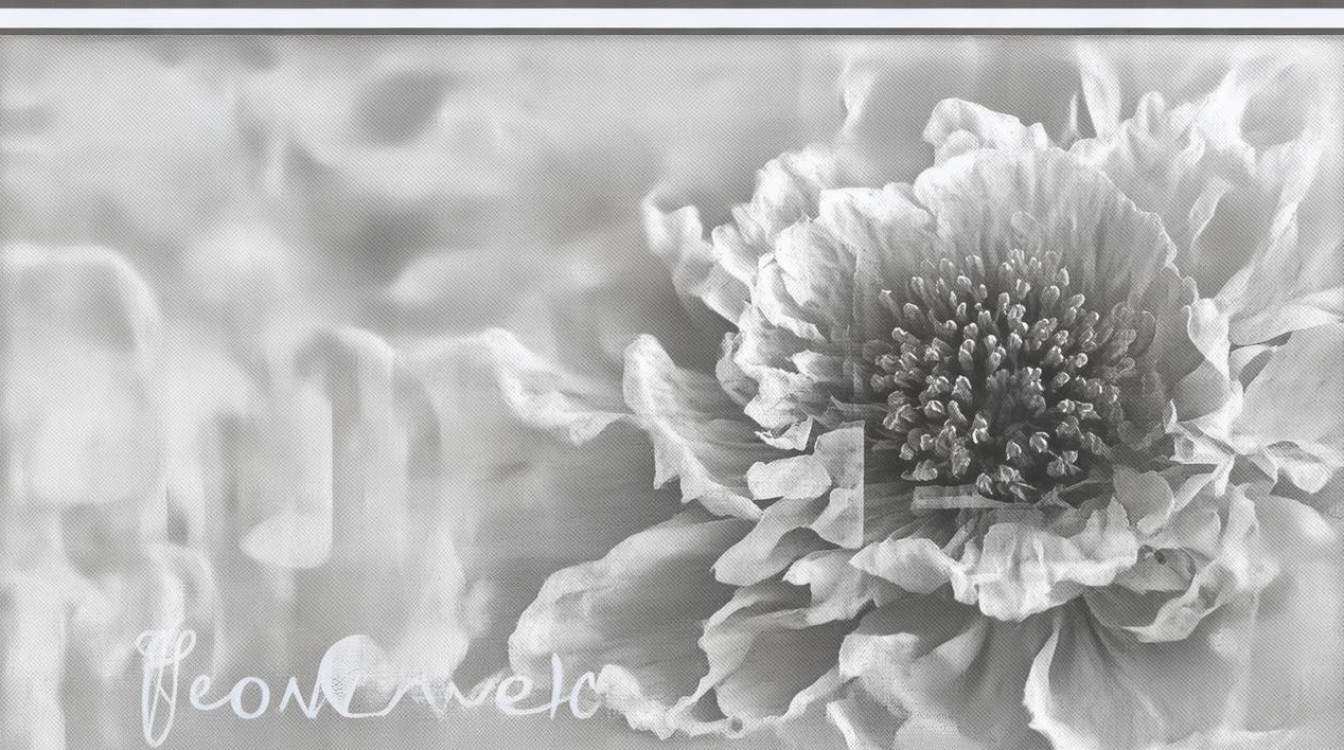春天来了,枝头绽放的花朵总能让人心情愉悦,无论是漫步在公园里,还是欣赏窗台上的盆栽,花朵的美丽总能带来视觉享受,你知道“花开”用英文怎么说吗?

最常用的表达:Bloom
“Bloom”是最常见的表达“花开”的英文单词,既可以作名词,也可以作动词,它通常指花朵完全绽放的状态,带有一种自然、优雅的意味。
例句:
- The roses are blooming in the garden.(玫瑰在花园里盛开。)
- Spring is the season when flowers start to bloom.(春天是花朵开始绽放的季节。)
这个词不仅用于描述植物开花,还可以引申为“繁荣”“兴盛”,a blooming business”(蓬勃发展的生意)。
强调绽放的过程:Blossom
“Blossom”也指花开,但它更强调花朵从花苞到完全绽放的过程,常用于果树的花,比如樱花、苹果花等。
例句:
- The cherry trees are blossoming beautifully.(樱花树正美丽地绽放。)
- In early spring, the peach trees begin to blossom.(初春时节,桃树开始开花。)
“Blossom”也可以比喻人或事物的发展,Her talent blossomed over the years.”(她的才华在这些年里逐渐展现。)
花朵初开:Flower
“Flower”本身是“花”的意思,但也可以表示“开花”的动作,不过它更偏向于描述花朵的存在状态,而不是强调绽放的过程。
例句:
- The tulips flower in April.(郁金香在四月开花。)
- This plant flowers only once a year.(这种植物一年只开一次花。)
花朵完全盛开:Flourish
“Flourish”通常指植物生长茂盛、健康绽放的状态,带有一种生机勃勃的感觉。
例句:
- With enough sunlight and water, the plants will flourish.(有充足的阳光和水,植物会茁壮成长。)
- The garden is flourishing with colorful flowers.(花园里开满了五颜六色的花朵。)
这个词也可以用于形容人或事物的繁荣,The company flourished under his leadership.”(在他的领导下,公司蓬勃发展。)
花朵刚刚开放:Open
“Open”是一个简单直接的词,可以用来描述花朵刚刚绽放的状态。

例句:
- The morning glories open at dawn.(牵牛花在黎明时分开花。)
- The lotus flowers open in the morning and close at night.(荷花早上开放,晚上闭合。)
花朵绽放的瞬间:Unfold
“Unfold”指花瓣逐渐展开的过程,带有一种动态的美感。
例句:
- The petals of the rose slowly unfold in the sunlight.(玫瑰花瓣在阳光下缓缓展开。)
- Watching a flower unfold is a magical experience.(看着花朵绽放是一种奇妙的体验。)
花朵盛开的诗意表达:Burgeon
“Burgeon”指植物迅速生长、发芽或开花,带有一种蓬勃发展的意味。
例句:
- In spring, the trees burgeon with new leaves and flowers.(春天,树木迅速长出新叶和花朵。)
- The garden is burgeoning with life after the rain.(雨后,花园里生机勃勃。)
花朵绽放的文学表达:Effloresce
“Effloresce”是一个较为文学化的词汇,指花朵绽放或物质结晶的过程,常用于诗歌或科学描述。
例句:
- The desert plants effloresce after rare rainfall.(沙漠植物在罕见的降雨后开花。)
- The chemical compound effloresces under certain conditions.(这种化合物在一定条件下会结晶。)
如何选择合适的词汇?
不同的单词可以表达“花开”的不同状态和意境:
- 如果想描述花朵完全绽放,用“bloom”或“flourish”。
- 如果想强调花朵从花苞到绽放的过程,用“blossom”或“unfold”。
- 如果描述花朵初开,可以用“flower”或“open”。
- 如果想用更诗意或文学的表达,可以选择“burgeon”或“effloresce”。
常见搭配短语
-
In full bloom(盛开)
The garden is in full bloom in May.(五月时,花园里的花全部盛开。)
-
Come into bloom(开始开花)
The daffodils come into bloom in early spring.(水仙花在早春开花。)

-
Burst into bloom(突然绽放)
Overnight, the cherry trees burst into bloom.(一夜之间,樱花树突然绽放。)
-
Peak bloom(盛花期)
The tulips reach peak bloom in mid-April.(郁金香在四月中旬达到盛花期。)
文化中的“花开”
在英语文化中,花朵的绽放常被用来象征希望、新生和美好。
- “April showers bring May flowers.”(四月的雨带来五月的花。)
- “Bloom where you are planted.”(在所处的地方绽放,寓意随遇而安,努力成长。)
在文学作品中,花朵的绽放也常被用作隐喻,比如莎士比亚的戏剧中常用花朵比喻爱情和生命。
实用例句
-
描述花园景色
The entire park is covered with blooming tulips.(整个公园开满了盛开的郁金香。)
-
描写季节变化
As winter fades, the first flowers begin to blossom.(随着冬天过去,第一批花朵开始绽放。)
-
比喻成长与发展
Her artistic skills have blossomed over the years.(她的艺术才能这些年逐渐展现。)

-
表达自然之美
The lotus flowers unfold gracefully on the pond.(荷花在池塘上优雅地绽放。)
常见误区
-
“Flower”和“bloom”的区别
“Flower”更偏向名词,指“花”本身,而“bloom”更强调“开花”的动作或状态。
-
“Blossom”不用于所有花
“Blossom”通常用于果树的花,如樱花、梨花等,而不太用于玫瑰、向日葵等。
-
“Open”不一定是“打开”
在描述花朵时,“open”指“绽放”,而不是“打开”某个物体。
拓展学习
如果想更深入地学习与“花开”相关的英语表达,可以关注以下词汇:
- Bud(花蕾)
- Petal(花瓣)
- Pollinate(授粉)
- Wilt(凋谢)
英语中有许多细腻的表达方式,能够准确描述花朵的不同状态,无论是写作、口语,还是欣赏文学作品,掌握这些词汇都能让表达更加生动。
花朵的绽放是大自然的馈赠,学会用英语描述它,不仅能提升语言能力,还能更好地感受生活中的美好瞬间,下次看到盛开的花朵,不妨试试用不同的单词来描述它的美丽。



